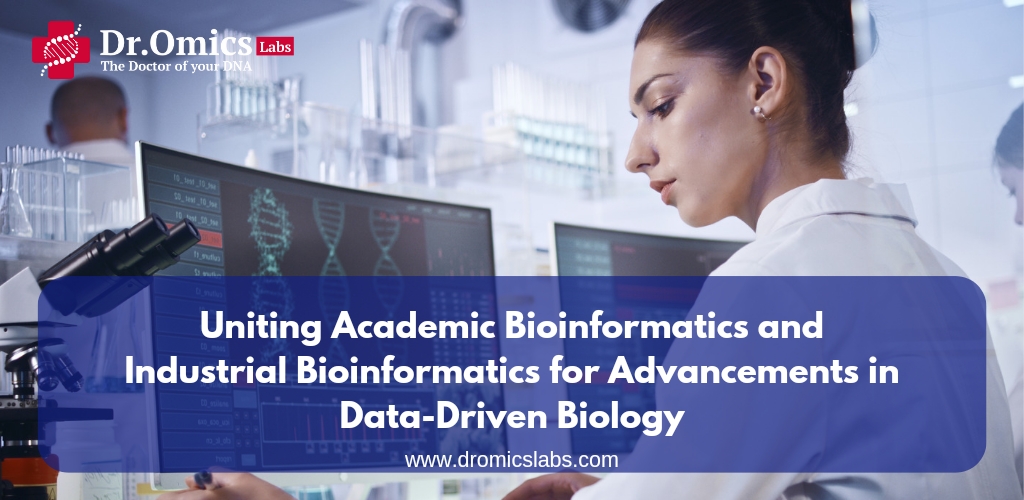Transcriptomics, the study of the complete set of RNA transcripts within a cell, tissue, or organism, is a pivotal field that provides invaluable insights into gene expression, regulation, and function. In this blog post, we will delve into some of the primary transcriptomics techniques, shedding light on their applications and contributions to various biological contexts.
Microarray Technology: Unveiling Expression Patterns
Microarray technology, a widely employed method, operates on a hybridization-based approach. Utilizing a solid surface embedded with thousands of gene-specific DNA probes, researchers can quantify the expression levels of predefined genes or transcripts. The RNA samples are converted into complementary DNA (cDNA), labeled with fluorescent dyes, and hybridized to the microarray. The resulting fluorescence intensity reveals the abundance of corresponding transcripts. While microarrays are effective for profiling known genes across numerous samples, limitations include the prerequisite knowledge of target sequences, potential cross-hybridization, and a restricted sensitivity and dynamic range.
RNA Sequencing (RNA-Seq): A Revolution in Transcriptomics
RNA-Seq has revolutionized transcriptomics by offering a sequence-based, assumption-free method. Employing high-throughput sequencing technologies like Illumina or Oxford Nanopore, RNA-Seq generates millions of short reads from RNA samples. These reads are then mapped or assembled into transcripts, providing a comprehensive view of the entire transcriptome. RNA-Seq surpasses microarrays in sensitivity, accuracy, and resolution, enabling the detection of novel, rare, or splice variants. Despite its advantages, RNA-Seq presents challenges such as high costs, complexity, and computational demands, as well as the necessity for standardized protocols and quality control.
Diverse Applications: From RT-qPCR to Single-Cell RNA-Seq
Beyond microarray and RNA-Seq, other techniques cater to specific applications. Reverse Transcription Quantitative PCR (RT-qPCR) amplifies and quantifies a select few genes or transcripts with specific primers and fluorescent probes. It serves to validate microarray or RNA-Seq results and offers precise and sensitive gene expression measurements. Single-Cell RNA-Seq (scRNA-Seq) isolates and sequences RNA from individual cells, providing insights into transcriptome heterogeneity and cellular diversity. While scRNA-Seq reveals gene regulatory networks and developmental trajectories, it faces challenges in handling low RNA quantities, data variability, and integration complexities.
Some examples of how transcriptomics techniques, such as microarray and RNA sequencing (RNA-Seq), are applied in various biological contexts:
1. Disease Profiling:
Researchers utilize microarrays to analyze gene expression profiles in cancer tissues compared to normal tissues. This helps identify genes that are upregulated or downregulated in specific types of cancer, providing insights into potential biomarkers or therapeutic targets.
2. Drug Response Studies:
In pharmacogenomics, transcriptomics is employed to study how different individuals respond to drugs. By analyzing gene expression patterns in response to specific medications, researchers can tailor treatments based on individual genetic variations.
3. Neurological Disorders:
RNA-Seq is used to study the transcriptome of brain tissues in neurodegenerative disorders such as Alzheimer’s and Parkinson’s disease. This can reveal changes in gene expression associated with disease progression and highlight potential targets for therapeutic intervention.
4. Infectious Diseases:
Transcriptomics helps in understanding host-pathogen interactions during infections. By comparing the gene expression profiles of infected and uninfected cells or tissues, researchers can identify key host factors and molecular pathways involved in the immune response.
5. Developmental Biology:
RNA-Seq is applied to study gene expression changes during embryonic development. This allows researchers to identify genes involved in specific developmental stages and uncover regulatory networks that control the formation of tissues and organs.
6. Stem Cell Research:
Transcriptomics is used to characterize the gene expression profiles of stem cells. This helps in understanding the molecular mechanisms that govern stem cell pluripotency and differentiation, crucial for regenerative medicine and tissue engineering.
7. Environmental Stress Response:
Plants exposed to environmental stresses, such as drought or temperature fluctuations, undergo changes in gene expression to adapt. Transcriptomics techniques are employed to study these responses, aiding in the development of stress-tolerant crops.
8. Microbial Ecology:
In environmental microbiology, RNA-Seq is used to analyze the transcriptomes of microbial communities in different ecosystems. This provides insights into the functional roles of various microorganisms and their responses to environmental changes.
9. Immunology:
Transcriptomics helps in studying the immune system’s response to infections or vaccination. By analyzing gene expression in immune cells, researchers can identify genes associated with immune activation or suppression.
10. Cell Type Heterogeneity:
Single-cell RNA-Seq is employed to explore the heterogeneity of cell populations within tissues. This is crucial for understanding complex biological systems, such as the diverse cell types in the brain or immune system.
These examples showcase the versatility of transcriptomics techniques in addressing a wide range of biological questions and advancing our understanding of various scientific fields.
Conclusion
Transcriptomics techniques empower researchers to explore the intricate landscapes of the transcriptome in diverse biological contexts. Unveiling gene expression patterns, regulatory mechanisms, and molecular pathways, these techniques contribute significantly to our understanding of biological processes. Moreover, they facilitate the discovery of biomarkers, therapeutic targets, and innovative treatments for various diseases. As transcriptomics continually evolves with emerging technologies and applications, it remains a promising field poised to advance our comprehension of life and health.
References
- Supplitt, S., Karpinski, P., Sasiadek, M., & Laczmanska, I. (2021). Current Achievements and Applications of Transcriptomics in Personalized Cancer Medicine. International journal of molecular sciences, 22(3), 1422. https://doi.org/10.3390/ijms22031422
- Lowe R, Shirley N, Bleackley M, Dolan S, Shafee T (2017) Transcriptomics technologies. PLoS Comput Biol 13(5): e1005457. https://doi.org/10.1371/journal.pcbi.1005457
- Milward, E. A., Shahandeh, A., Heidari, M., Johnstone, D. M., Daneshi, N., Hondermarck, H. (2016). Transcriptomics. In R. A. Bradshaw & P. D. Stahl (Eds.), Encyclopedia of Cell Biology (pp. 160-165). Academic Press. ISBN 9780123947963. https://doi.org/10.1016/B978-0-12-394447-4.40029-5




